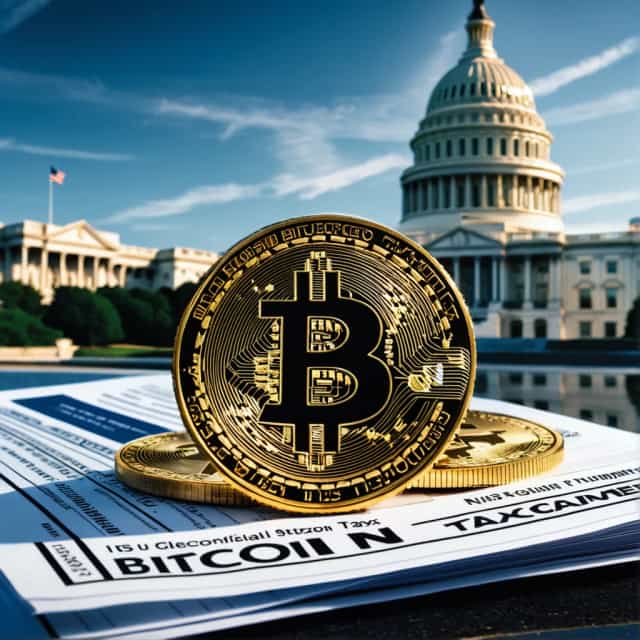
Image source: Block Media
U.S. Government Shutdown Sparks Market Turmoil and Investor Uncertainty
Wall Street found itself under pressure as the U.S. government entered its first shutdown in seven years, halting federal funding and leaving hundreds of thousands of employees furloughed without pay. This sudden disruption has cast a shadow over billions of dollars in economic activity, eroding investor confidence and shaking financial markets.
As of October 1, futures for major U.S. stock indices were down, reflecting pessimism over the economic fallout. Dow Jones Industrial Average futures fell 0.5%, S&P 500 futures slipped 0.5%, and Nasdaq 100 futures dropped 0.6%. The downturn stands in sharp contrast to the S&P 500's robust third-quarter performance—the strongest since 2020—as fears of prolonged government dysfunction cast doubt on market momentum heading into the day's opening bell.
Political Impasse Triggers Federal Shutdown
The government shutdown arose from political deadlock after the U.S. Senate failed to pass competing short-term funding bills from both Republican and Democratic lawmakers. At midnight, federal funding was cut off, initiating widespread emergency measures, including extensive furloughs across government agencies. Former President Donald Trump added fuel to the fire, predicting “massive layoffs” and intensifying anxiety over the economic and social fallout.
Markets on Edge: Impact of Shutdown Duration
The focal point for investors is the length of the shutdown and the subsequent economic consequences. While a short-term funding disruption could slow economic growth modestly, an extended stalemate risks wreaking havoc on key components of the economy, such as consumer spending, business investment, and employment levels.
One of the immediate implications is a halt in real-time labor market data, a cornerstone for economic forecasting. For example, the Bureau of Labor Statistics (BLS) will not release the September nonfarm payroll report originally scheduled for Friday. Since this data is instrumental for gauging the Federal Reserve's interest rate strategy, its absence has shifted greater weight to private-sector reports.
Key private data releases in the coming days, such as the ADP employment report, weekly mortgage applications from the Mortgage Bankers Association (MBA), and the S&P Global Manufacturing PMI, are expected to garner heightened market scrutiny. Recent data, including stronger-than-expected unemployment claims and an upward revision in GDP growth, has fueled speculation about whether current economic conditions will deter the Federal Reserve from implementing further interest rate cuts.
Trade Policy and Tariffs Escalate Economic Uncertainty
In addition to the shutdown, policy uncertainty stemming from new trade measures is further unsettling financial markets. The Trump administration has implemented hefty tariffs—100% on pharmaceuticals and 25% on large trucks—that went into effect today. These protectionist moves are expected to weigh heavily on the manufacturing and consumer goods sectors, particularly as the corporate earnings season approaches. Investors now face the difficult task of pricing in the potential ripple effects of stricter trade barriers on key industries.
Implications for U.S. Policy Credibility
Although this marks only the second government shutdown in seven years, the recurrence of such fiscal impasses is sparking broader concerns over the stability and reliability of U.S. government policies. Political gridlock threatens to undermine investor confidence not just in legislative competence but also in broader economic institutions. The far-reaching ramifications could include fluctuations in Treasury yields, volatility in the U.S. dollar, and potential disruptions in commodities markets.
Market Sentiment: What Lies Ahead?
In the short term, the market's trajectory will hinge on developments surrounding the government shutdown and the release of private economic indicators. Federal Reserve policy also remains in sharp focus. Having enacted its first rate cut in September, the Fed remains divided on whether additional cuts are warranted. With hawks and doves at odds, labor market and macroeconomic signals will play an increasingly pivotal role in shaping expectations.
For now, financial markets remain in limbo as concerns about political dysfunction, economic disruption, and monetary policy combine to create an atmosphere of heightened caution and volatility. Investors will need to navigate this uncertain environment with close attention to developing data and policy shifts.










